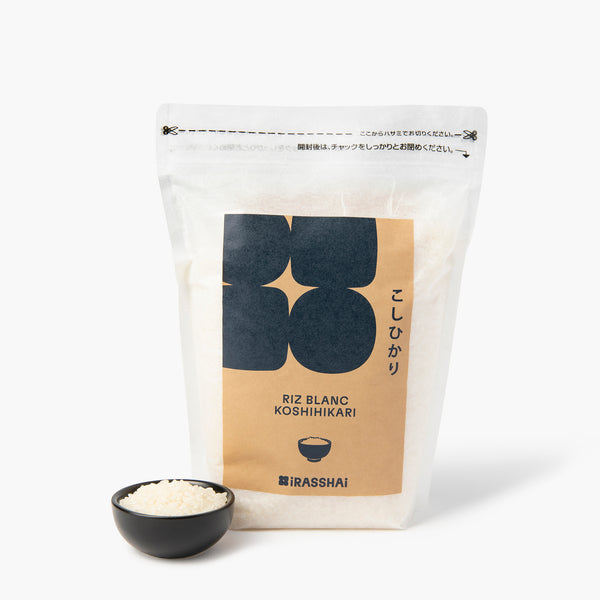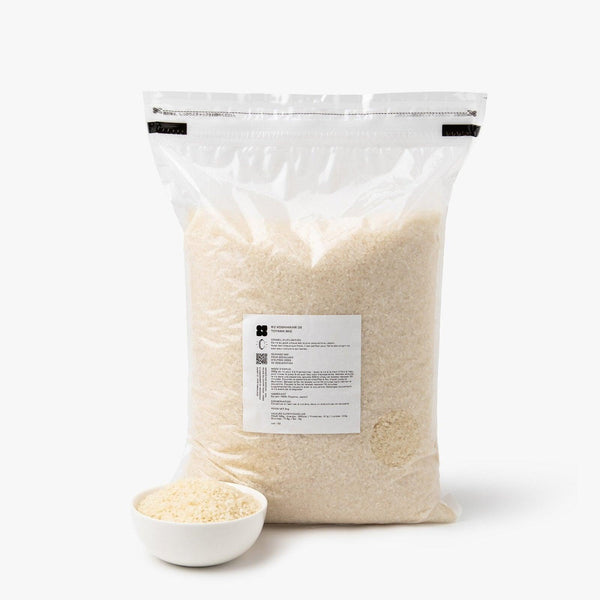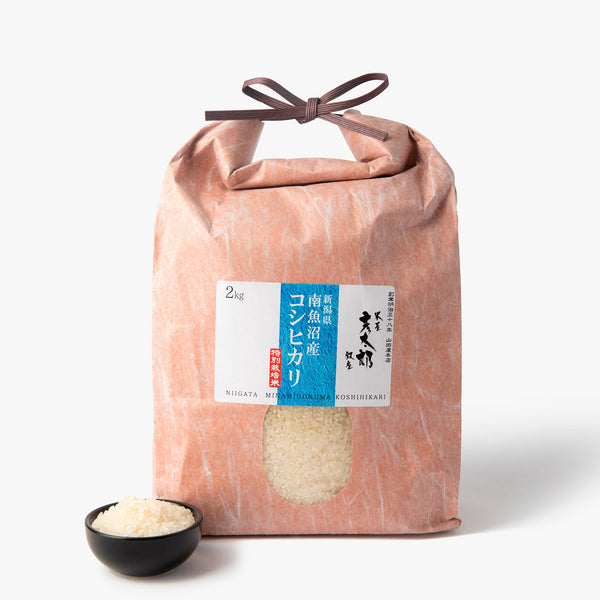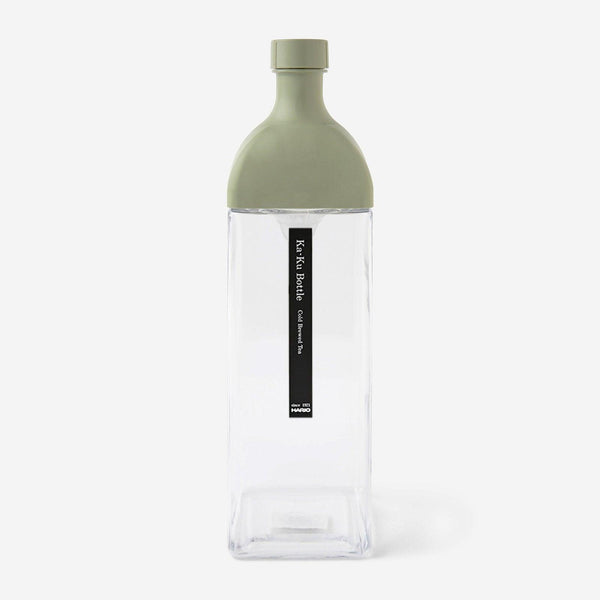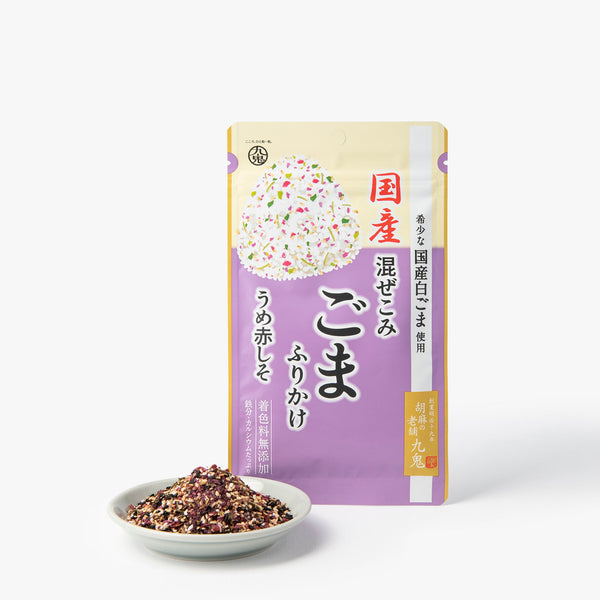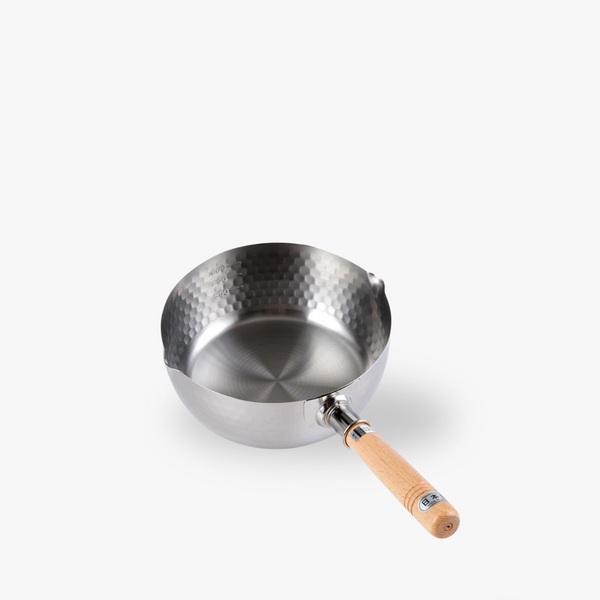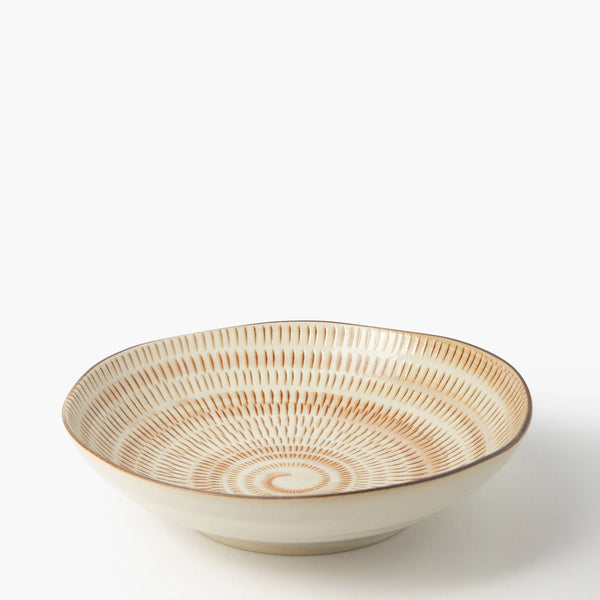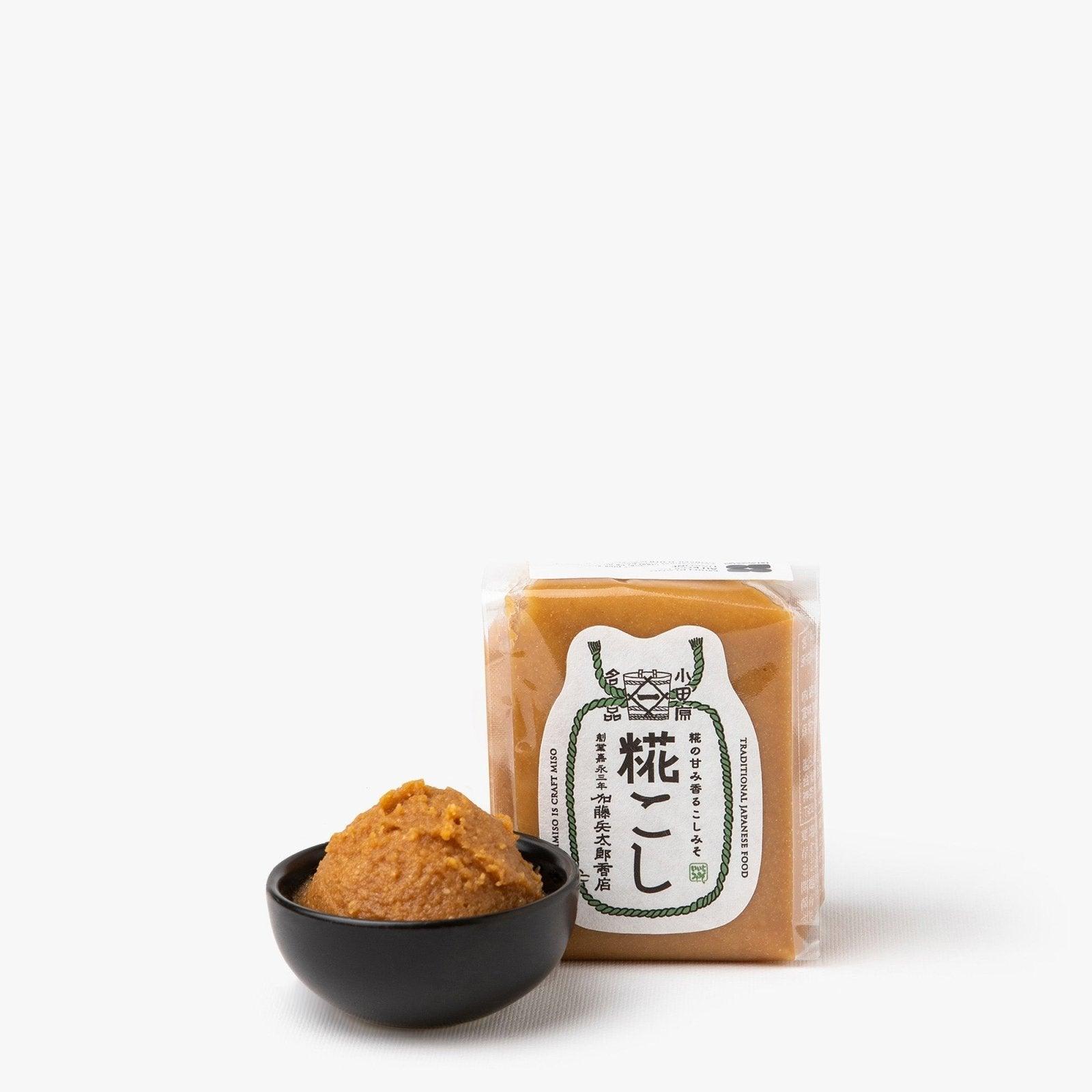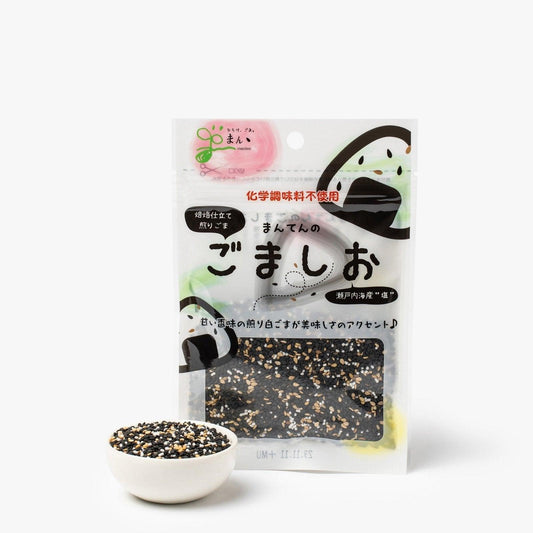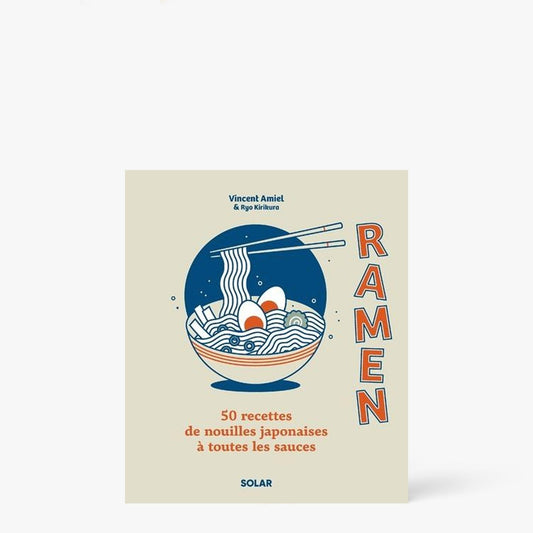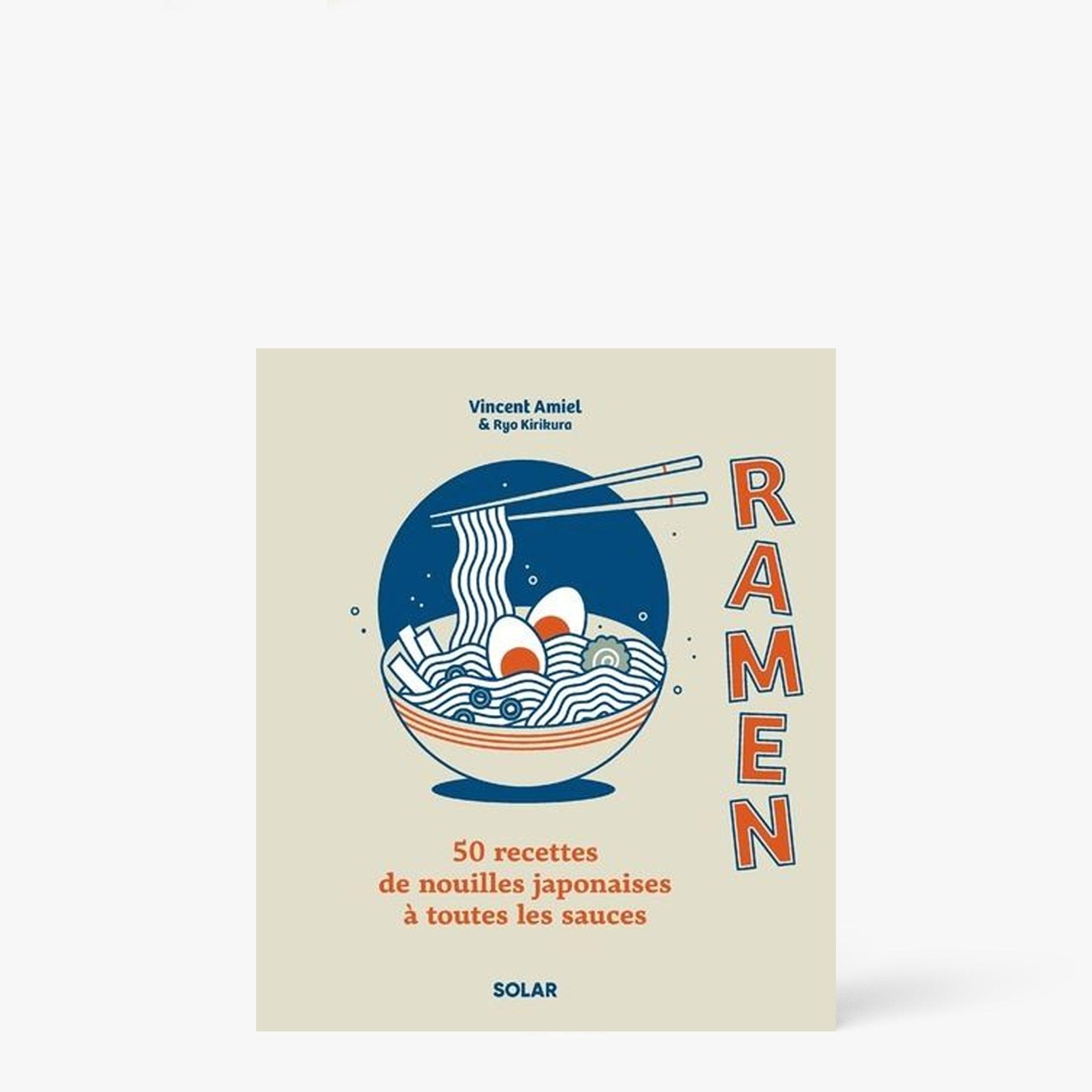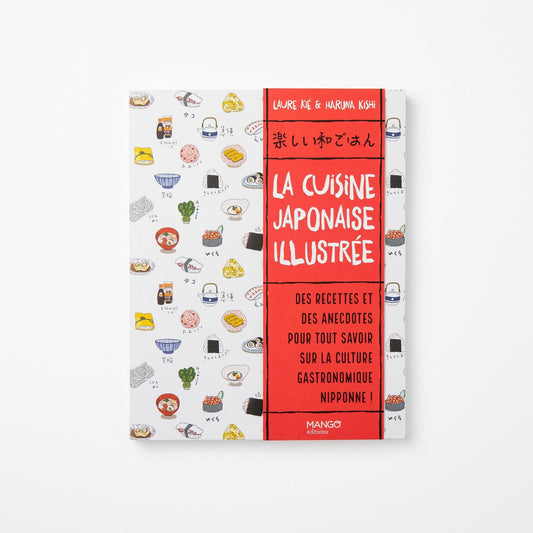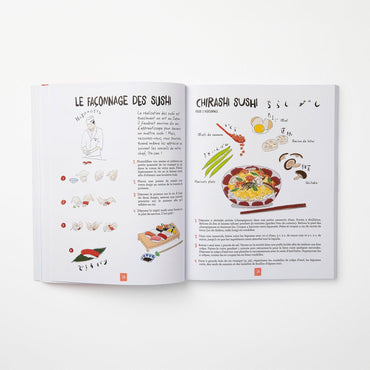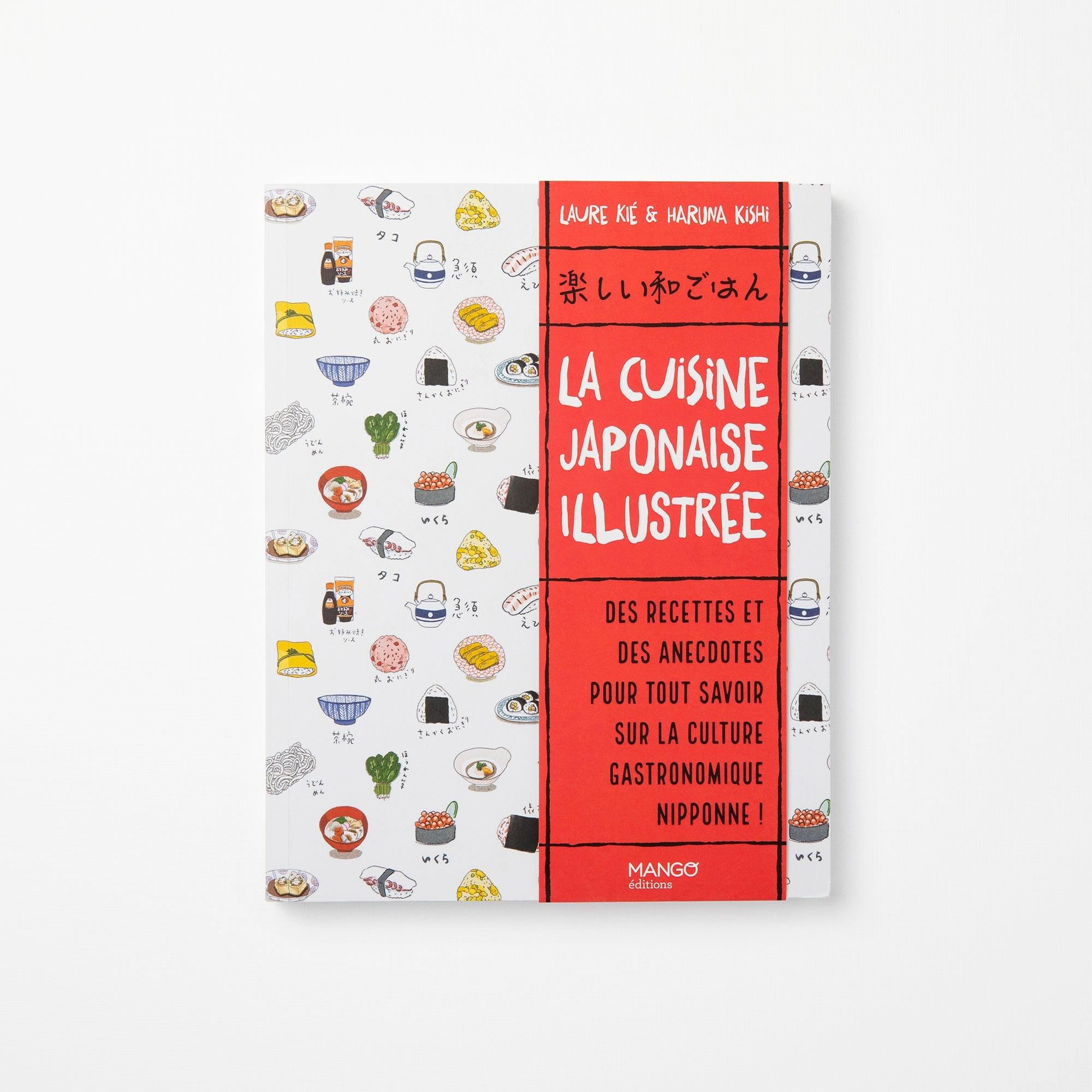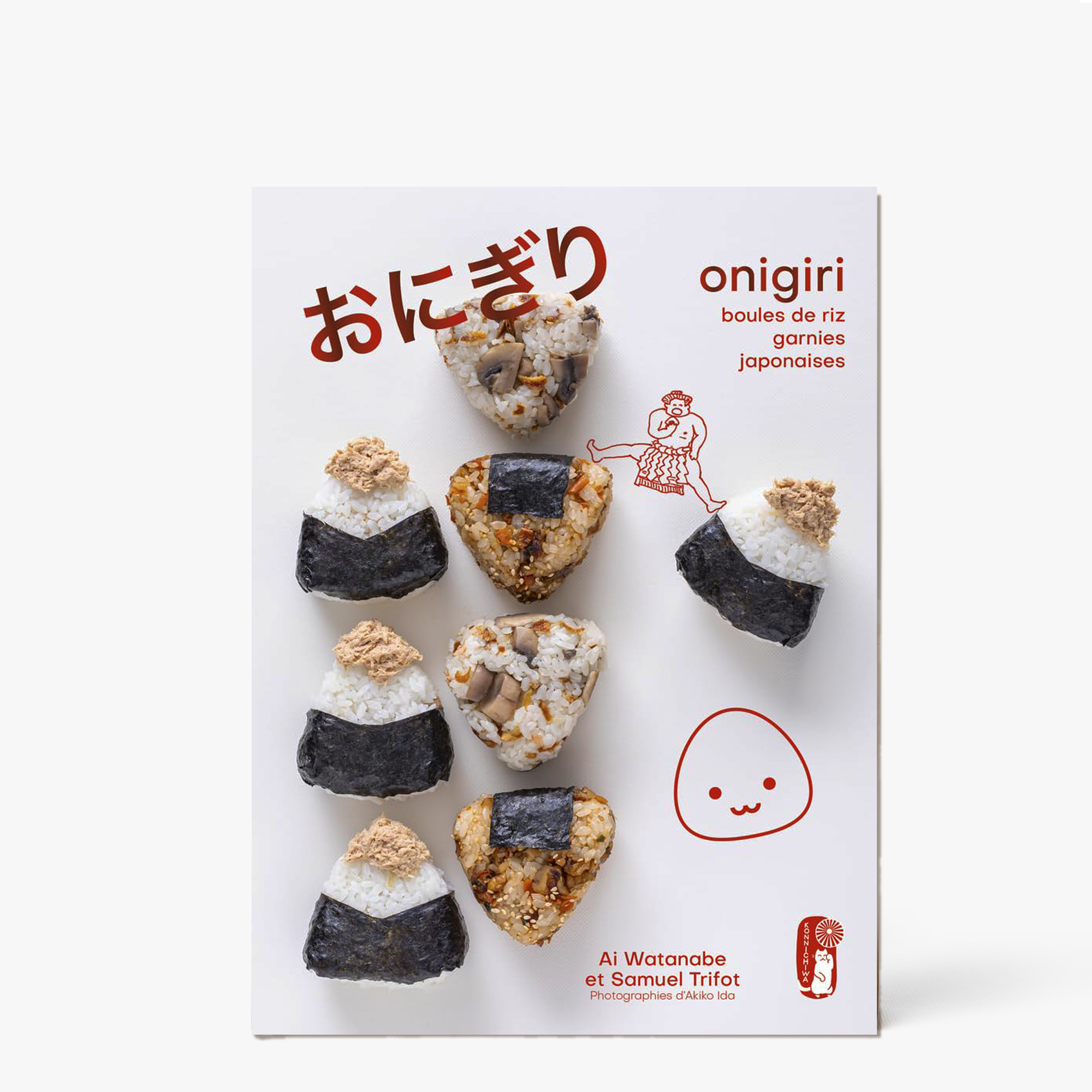Recipe for successful sushi rice casseroles
Rated 3.3 stars by 63 users.
Portion
4
Sushi is one of the most emblematic dishes in Japanese cuisine, dating back almost 2000 years. Originally, sushi was created as a method of preserving fish by pressing it between layers of fermented rice. Over time, this method evolved to include a variety of ingredients and preparation techniques.
Although sushi may seem simple at first glance, its preparation requires considerable precision and expertise. The key to creating delicious sushi lies in the preparation of the sushi rice. The rice must be cooked to perfection, with the right texture and adherence, to be shaped into sushi. In addition, seasoning the rice with a mixture of rice vinegar, sugar and salt is essential to give it that characteristic, balanced flavor.
With this sushi rice recipe, your sushi parties are guaranteed to be a success!

Ingredients
-
400g sushi rice (we recommend milky queen!)
-
590ml water
-
80ml rice vinegar
-
3 tablespoons sugar
-
1 teaspoon salt
-
A rice spoon
Instructions
Carefully rinse the sushi rice under cold running water until the water runs clear. Drain well and leave in a colander for 10 minutes for best results. (You can use the rinse water for your houseplants or as a face lotion, as is often recommended in Japan and other Asian countries).
In a saucepan, combine the rinsed rice and water. Bring to the boil over high heat. Reduce heat to low, cover and simmer for 15 minutes.
Remove the pan from the heat and leave the sushi rice to stand, covered, for 10 minutes. If you're using a rice cooker, keep to the rice/water ratio and leave to stand for 10 minutes after cooking before opening the lid.
Meanwhile, in a small saucepan, combine the rice vinegar, sugar and salt.
Heat over low heat, stirring constantly, until sugar and salt are completely dissolved. Remove from heat and allow to cool.
Transfer the cooked rice to a large bowl. Pour the vinegar mixture over the hot rice and stir gently with a wooden spatula orrice spoon, taking care not to crush the rice grains.
Spread the sushi rice in a wide, shallow dish. Use a fan or sheet of paper to fan the rice while mixing, until it reaches room temperature.
Recipe notes
In general, to cook rice in a saucepan, use approximately 1.5 to 1.75 cups of water for 1 cup of rice. If you prefer a firmer rice, you can reduce the amount of water slightly.
For the perfect texture, leave to soak in water for around 30 minutes before cooking, to help the grains absorb the water.
You can of course use your rice cooker if you have one for this recipe! It will ensure even cooking and require less effort and supervision during cooking.
Which sushi rice to choose? The key to perfect sushi rice
Rice is the main ingredient that makes all the difference when preparing sushi rice. To achieve the perfect texture and adherence, it's essential to choose the right rice for the recipe. But did you know that there are different types of Japanese rice, each with its own characteristics? Here's a guide to help you choose the ideal rice for your sushi.
1. Japanese short-grain rice (Koshihikari)
Koshihikari short-grain rice is one of the most popular and best-loved rice varieties in Japan. This rice is ideal for sushi thanks to its slightly sticky texture after cooking. It has a mild flavor and a light umami taste that blends perfectly with your sushi ingredients. Koshihikari is grown mainly in the Niigata region, renowned for its high-quality rice. Its texture is soft and supple, offering the perfect balance for preparing delicate sushi.
2. Japanese medium-grain rice (Sasanishiki)
Sasanishiki rice is a medium-grain rice, lighter than Koshihikari, but still ideal for sushi. It has a slightly less sticky texture than Koshihikari, but is still sticky enough to adhere well to your toppings. This rice is often preferred for its ability to maintain a perfect texture even after chilling, making it ideal for cold sushi or leftovers.
3. Japanese long-grain rice (Akitakomachi)
Although less common for sushi rice, Akitakomachi long-grain rice is sometimes used to create a lighter, airier texture. This rice, grown mainly in the Akita region, has long, fine grains and is often used for dishes such as Cantonese rice. For sushi, it requires special attention to get the right sticky texture, as it doesn't naturally have the same stickiness as other types of Japanese rice.
4. Japanese rice for everyday cooking (Hatsushimo)
Hatsushimo rice is often used in Japanese households for everyday meals. This short-grain rice is more affordable than Koshihikari, but is still of very high quality. It is a little less fragrant and sticky than other special sushi varieties, but can be a more economical option for those who wish to prepare sushi at home while retaining a good taste and texture.
5. Organic Japanese rice
If you're looking for a rice that's even more natural and respectful of the environment, opt for organic Japanese rice. Grown without pesticides or chemicals, it can be Koshihikari, Sasanishiki or other types, depending on the producer. Organic rice offers a pure, authentic flavor, perfect for those who want a more ethical version of Japanese cuisine.
Why is this choice important?
The type of rice you choose has a direct impact on the texture of the sushi rice, as well as on the way it marries with the other ingredients. Short-grain rice, such as Koshihikari, is often preferred as it is stickier and fluffier, allowing the grains to bind together without losing their shape. This creates the perfect base for your sushi, maki or nigiri.
What's more, the quality of the rice influences the final taste of your dish. High-quality rice, with a good balance of sweetness and umami, will bring out the flavors of other ingredients, such as fresh fish, vegetables or seaweed. As rice serves as the base for the entire dish, it's essential to invest in a good product.
How to prepare sushi
After cooking your sushi rice, prepare the ingredients according to whether you opt for nigiri sushi or maki.
Ingredients:
- Raw fish: salmon, tuna, sea bream (choose ultra-fresh, sashimi-grade fish).
- Garnishes: avocado, cucumber, shrimp, Japanese omelette (tamago).
- Nori leaves (for maki).
🍣 Nigiri
Shape a small ball of rice with your slightly damp hands, place a slice of fish on top and press lightly.
🌿 Maki
Spread a sheet of nori on a bamboo mat.Add a thin layer of rice, leaving 1 cm free at the top.Arrange the fish and vegetables in a line.Roll tightly with the mat and cut into sections.
Serve with soy sauce, wasabi and pickled ginger.
Our product selection for this recipe:
Japanese cooking essentials
-
White miso with koji from Hakone ⋅ Kato Heitaro shoten ⋅ 200g
Regular price 5.50 €Prix promotionnel 5.50 € Regular pricePrice per unit 27.50 € / per kg5.0 / 5.05.0 / 5.05.0
15) 15 opinion
-
White miso ⋅ Kato Heitaro Shoten for iRASSHAi ⋅ 200g
Regular price 5.50 €Prix promotionnel 5.50 € Regular pricePrice per unit 27.50 € / per kg5.0 / 5.05.0 / 5.05.0
13) 13 opinion
-
Roasted black and white sesame seeds with gomashio salt ⋅ Manten ⋅ 30g
Regular price 2.65 €Prix promotionnel 2.65 € Regular pricePrice per unit 88.33 € / per kg4.75 / 5.04.75 / 5.04.75
4) 4 opinion
-
Panko breadcrumbs ⋅ Hanayuki ⋅ 340g
Regular price 8.00 €Prix promotionnel 8.00 € Regular pricePrice per unit 23.53 € / per kg4.86 / 5.04.86 / 5.04.86
7) 7 opinion
-
Artisanal balanced soy sauce ⋅ Asarisasuke Shoten ⋅ 500ml
Regular price 6.25 €Prix promotionnel 6.25 € Regular pricePrice per unit 12.50 € / per l5.0 / 5.05.0 / 5.05.0
8) 8 opinion
-
Honmirin ⋅ Takara Shuzo ⋅ 13% ⋅ 500ml
Regular price 9.70 €Prix promotionnel 9.70 € Regular pricePrice per unit 19.40 € / per l4.8 / 5.04.8 / 5.04.8
5) 5 opinion
-
Katsuobushi dried bonito chips ⋅ Makurazaki ⋅ 40g
Regular price 9.50 €Prix promotionnel 9.50 € Regular pricePrice per unit 237.50 € / per kg4.9 / 5.04.9 / 5.04.9
10) 10 opinion
-
Tatsuno Smoked Soy Sauce ⋅ Suehiro Soy Sauce ⋅ 100ml
Regular price 8.10 €Prix promotionnel 8.10 € Regular pricePrice per unit 81.00 € / per l4.86 / 5.04.86 / 5.04.86
7) 7 opinion
Japanese cookery books
-
Book Japanese home cooking, 100 recipes ⋅ Marabout
Regular price 29.00 €Prix promotionnel 29.00 € Regular pricePrice per unit / per -
Book Tokyo, Les recettes ⋅ Marabout
Regular price 10.90 €Prix promotionnel 10.90 € Regular pricePrice per unit / per -
Japanese-style stickers: snacks ⋅ NB
Regular price 5.90 €Prix promotionnel 5.90 € Regular pricePrice per unit / per -
Book Ramen - 50 recipes for Japanese noodles with every sauce ⋅ Solar
Regular price 14.95 €Prix promotionnel 14.95 € Regular pricePrice per unit / per -
Illustrated Japanese cooking book ⋅ Mango Editions
Regular price 13.50 €Prix promotionnel 13.50 € Regular pricePrice per unit / per -
Book Mochi mochis, 40 Japanese sweets ⋅ Editions de la Martinière
Regular price 14.90 €Prix promotionnel 14.90 € Regular pricePrice per unit / per -
Book Izakaya - Japanese bistro cuisine ⋅ Hachette Pratique
Regular price 35.00 €Prix promotionnel 35.00 € Regular pricePrice per unit 100.00 € / per l -
Book Onigiri. Japanese filled rice balls. (New Edition) ⋅ First
Regular price 12.95 €Prix promotionnel 12.95 € Regular pricePrice per unit / per








